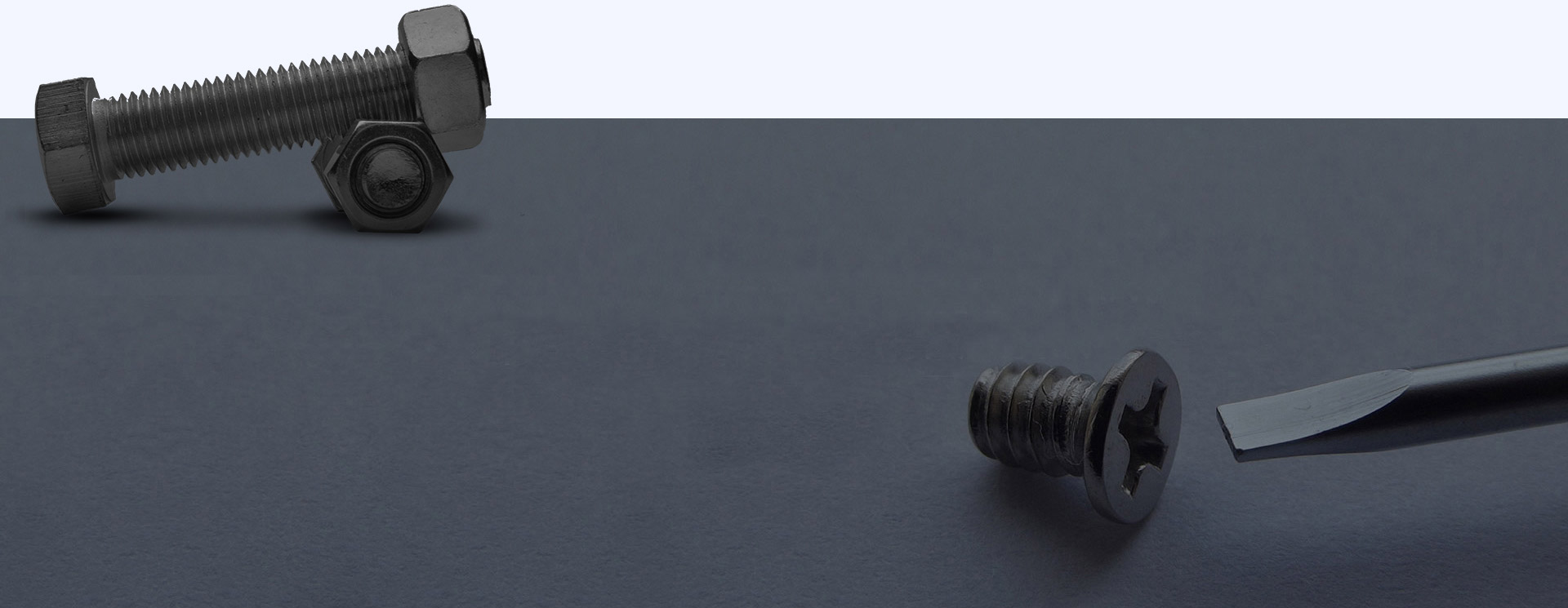
Dec . 03, 2024 18:38
Back to list
pressure reduction skid
Pressure Reduction Skid A Vital Component in Industrial Process
In various industrial applications, managing pressure is a critical aspect that directly influences safety, efficiency, and operational reliability. One of the essential solutions to maintain desired pressure levels is the pressure reduction skid. This compact, modular unit is designed to lower the pressure of gases or liquids as they transition from high-pressure systems to lower-pressure environments, making the process safer and more efficient.
Understanding Pressure Reduction Skids
A pressure reduction skid combines multiple components into a single packaged solution. These units typically include pressure regulators, control valves, piping, instrumentation, and sometimes additional features such as heaters or filters, all mounted on a skid for easy installation and mobility. The design is inherently modular, allowing for customization based on specific industrial requirements.
Importance of Pressure Reduction Skids
1. Safety One of the primary functions of a pressure reduction skid is to enhance safety. High-pressure systems can lead to catastrophic failures if not managed correctly. By reducing the pressure before it enters other parts of the process, the risk of equipment damage or leaks is significantly minimized. This also enhances the safety of personnel working around the equipment, making safety protocols more manageable.
2. Process Efficiency Proper pressure management is crucial for optimal operation. When materials are processed at the correct pressure, it can lead to increased efficiency, reduced energy consumption, and a lower rate of wear on equipment. This ultimately translates to cost savings for the operation. For instance, in the oil and gas industry, pressure reduction skids can help maintain the integrity of gas transmission systems by ensuring that gases are at the correct pressure before entering pipelines.
3. Versatility Pressure reduction skids are remarkably versatile and can be designed for various applications. They can handle different types of fluids, including gases and liquids, and are applicable across numerous industries, including oil and gas, chemical manufacturing, water treatment, and beyond. The modular design allows for easy adaptation to different operational requirements or environmental conditions.
pressure reduction skid

4. Easy Installation and Maintenance Another advantage of pressure reduction skids is their ease of installation. The pre-assembled nature means that they can be quickly integrated into existing systems with minimal downtime. Additionally, maintenance can be conducted with relative ease, as the skid format allows for access to components without the need for extensive disassembly of surrounding systems.
5. Instrumentation and Control Most pressure reduction skids come equipped with advanced instrumentation that allows for real-time monitoring and control of pressure levels. This enables operators to respond quickly to changes in the system, ensuring consistent performance and compliance with safety regulations. The integration of digital controls has further enhanced operational capabilities, allowing for automation and remote monitoring.
Applications and Real-World Examples
Pressure reduction skids find numerous applications across various sectors. In the oil and gas industry, they are used to regulate pressures in pipeline systems, facilitating the safe transportation of hydrocarbons. In the chemical manufacturing sector, these skids can manage pressures in reactors, ensuring that chemical processes occur within safe and efficient thresholds.
Additionally, in the water treatment industry, pressure reduction skids play a crucial role in managing the flow and pressure of water during treatment processes. Ensuring consistent pressure helps improve filtration and purification processes, directly impacting the quality of the treated water.
Conclusion
In summary, pressure reduction skids are indispensable components in modern industrial processes and infrastructure. Their ability to enhance safety, improve operational efficiency, and provide versatility makes them a key investment for any industry dealing with pressure-sensitive systems. With continuous advancements in technology, the integration of smart instrumentation, and automation capabilities, pressure reduction skids will continue to evolve, providing even more sophisticated solutions to meet the demands of various industrial applications. As industries strive for safer and more efficient operations, the role of pressure reduction skids will undoubtedly remain integral to achieving these goals.
Next:
Latest news
-
Safety Valve Spring-Loaded Design Overpressure ProtectionNewsJul.25,2025
-
Precision Voltage Regulator AC5 Accuracy Grade PerformanceNewsJul.25,2025
-
Natural Gas Pressure Regulating Skid Industrial Pipeline ApplicationsNewsJul.25,2025
-
Natural Gas Filter Stainless Steel Mesh Element DesignNewsJul.25,2025
-
Gas Pressure Regulator Valve Direct-Acting Spring-Loaded DesignNewsJul.25,2025
-
Decompression Equipment Multi-Stage Heat Exchange System DesignNewsJul.25,2025

